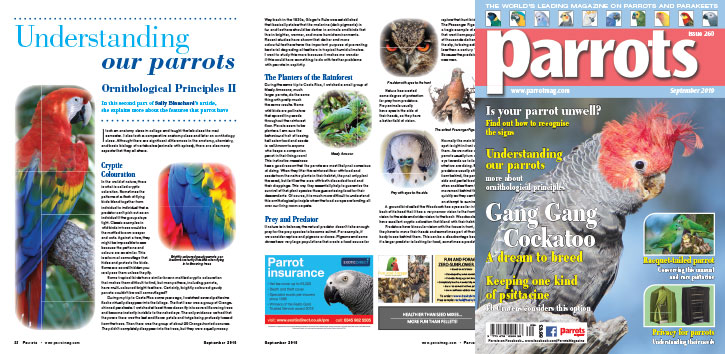
By Sally Blanchard
I took an anatomy class in college and taught the lab class the next semester. I also took a comparative anatomy class and later an ornithology class. Although there are significant differences in the anatomy, chemistry, and basic biology of vertebrates (animals with spines), there are also many aspects that they all share.
In the world of nature, there is what is called cryptic coloration. Sometimes the patterns of a flock of flying birds blend together from individual to individual that a predator can’t pick out as an individual if the group stays tight. Classic examples in wild birds in trees would be the mottled brown creeper and owls. Against a tree, they might be impossible to see because the patterns and colours are so similar. This is a form of camouflage that hides and protects the birds. Some are so well hidden you rarely see them unless they fly.
Some tropical birds have similar brown mottled cryptic colouration that makes them difficult to find, but many others, including parrots, have multi-coloured bright feathers. Certainly, brightly coloured gaudy parrots couldn’t be well camouflaged?

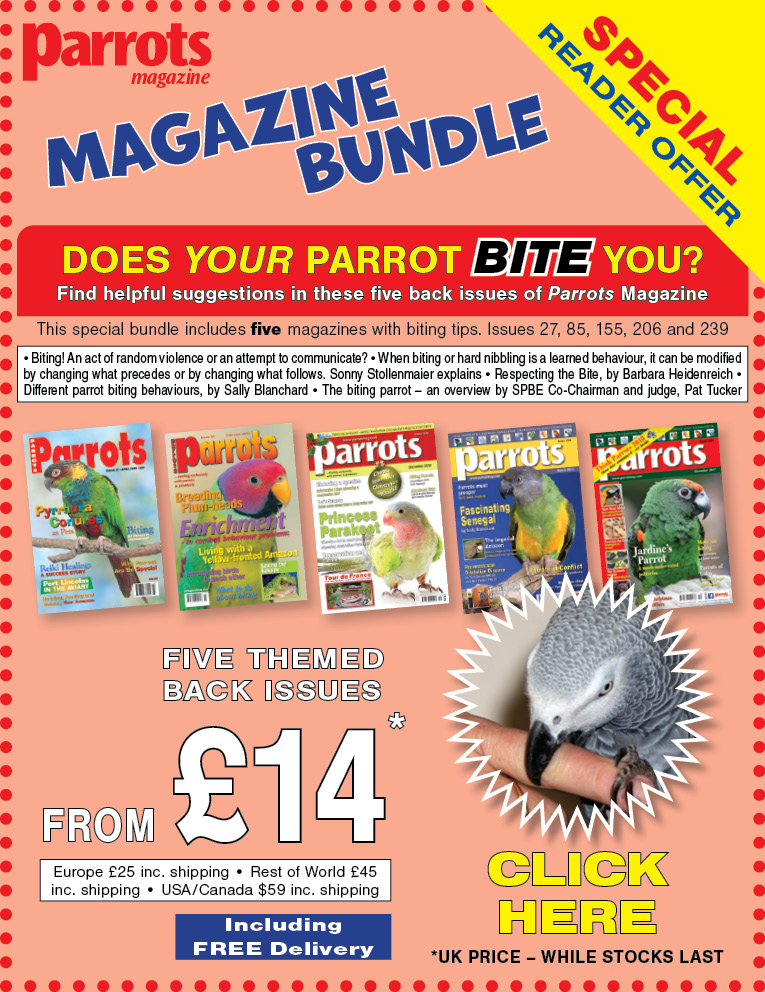
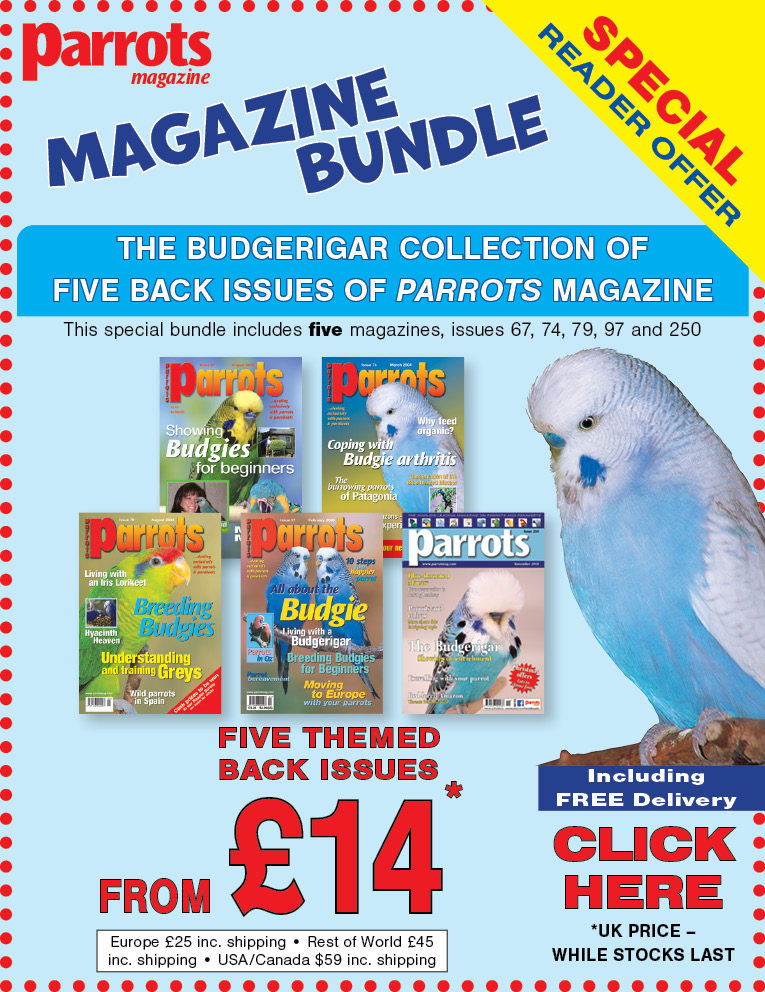
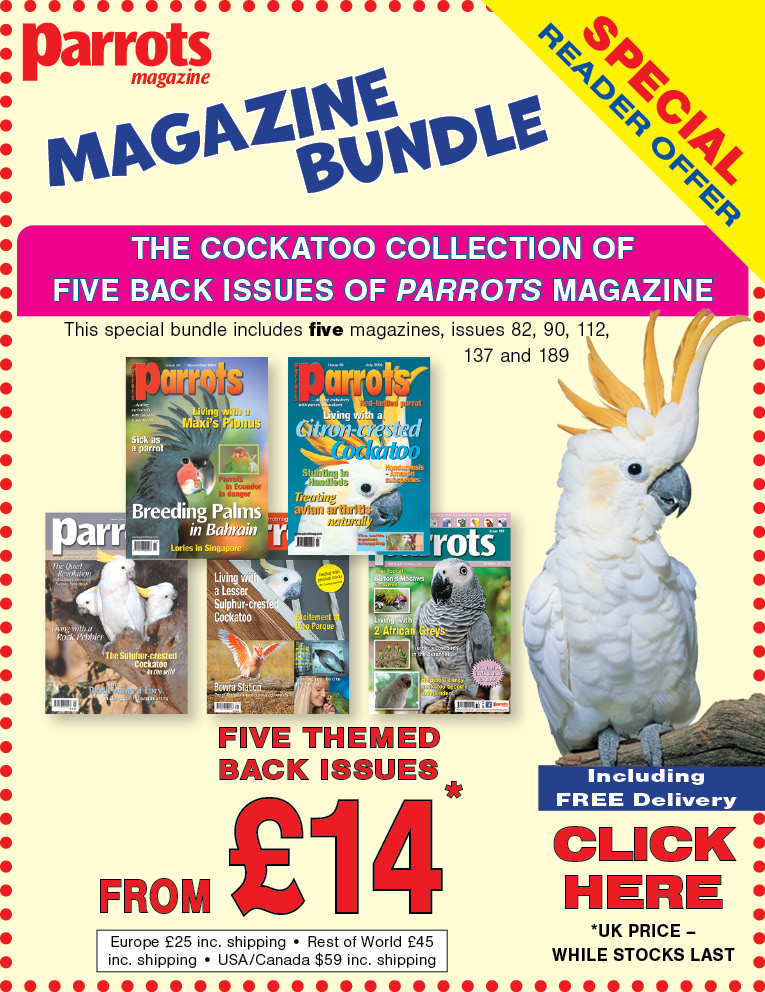
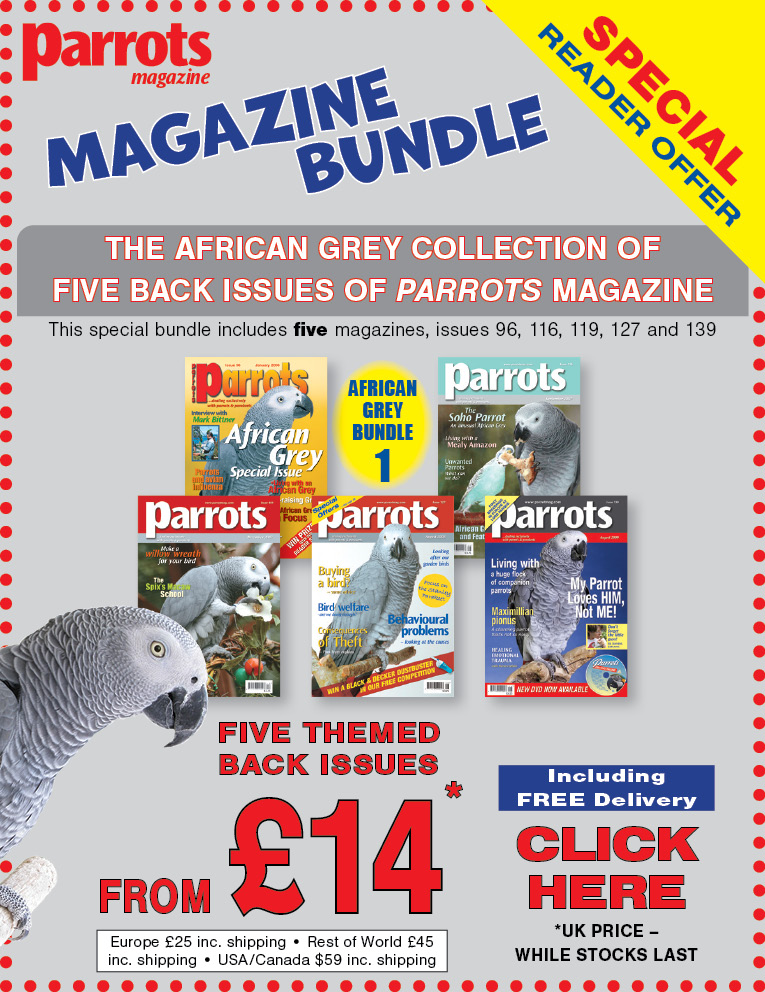

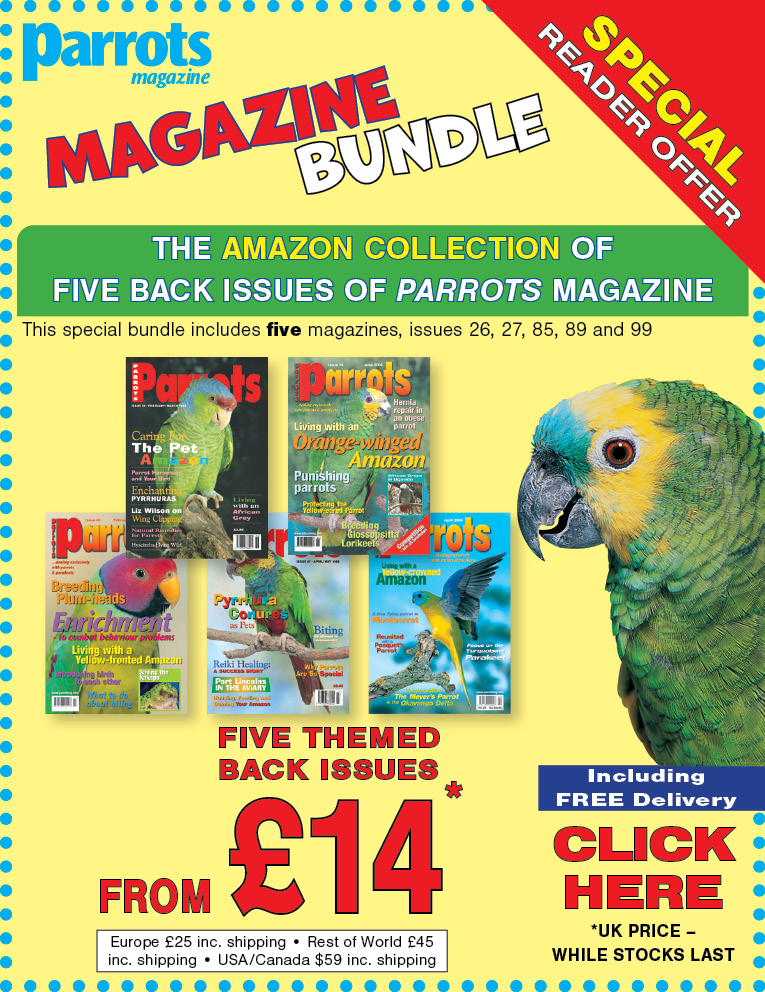

Parrot Chat
Buyers Guides
Breeding articles